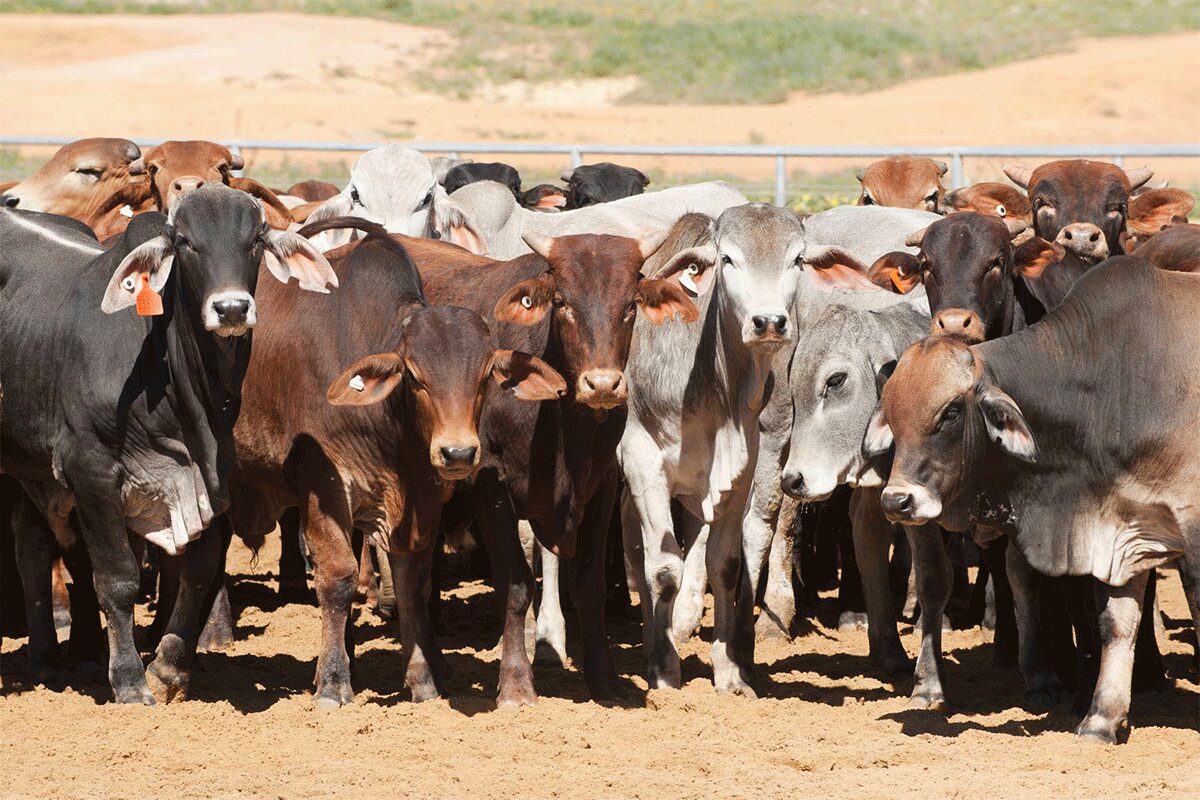«Many things can be used to fight climate change – biochar is the most mature for scaling and we should push it asap». In conversation with Axel Reinaud, founder of NetZero
Carbon sequestration: The NetZero circular model
Carbon sequestration is no longer a novelty but rather a necessity – with green innovations making a play for desired results. As reforestation organizations and technologically-advanced direct carbon capture plants continue their efforts, one of the most efficient means has been in our midst for decades: biochar. A planet-friendly solution, its usage ranges from carbon storage in soil and construction material to agricultural improvement and decontamination. As the planet’s survival estimates reach a tipping point of no return, the interest in biochar as a carbon removal weapon has grown significantly According to Greenbiz, the U.S market size for biochar was under one hundred million dollars in 2019. However, it is expected to increase at a compound annual growth rate of nineteen percent from 2020 to 2027.
NetZero, founded in January 2021, leverages the power of biochar in its business model.The company is dedicated to carbon capture and extends its resources to both social and environmental reform. Elaborating on the mission, founder Axel Reinaud shares: «Improving the lives of rural populations in developing countries was NetZero goal». With a plan rooted in circularity, the team has elected to set an initial base in tropical countries. Cameroon in Central Africa is their first operational site. Reinaud justifies the choice with three key points. Inexpensive access to biomass (agricultural waste in the form of coffee husks, wood shaves, hay etc); potential demand for the product from farmers dealing with poor soil quality. Lastly, there are co-benefits to local communities in terms of energy resources produced as by-products.
NetZero’s production plant
«What we’re looking for is a very circular model where we use the leftovers produced in the fields, process and bring them back as biochar, into the field. But there is a bit of conservatism in agriculture in general, so we will need some time». According to Reinaud, the local population was totally unaware of biochar. It required the company to train and inform them about its usage and benefits. This is in addition to distributing free samples in the initial stage. NetZero’s production plant is located in an agricultural region and theteam works with approximately 3000 landowners who own between one to three hectares each. «NetZero model generates a lot of co-benefits, in the form of improved yield and access to electricity. This has more impact in developing countries as compared to places like France or Italy. This makes everything complex because it is more difficult to build the plant and operate it in Cameroon than elsewhere. But we thought the logistical challenge was worth trying to overcome, in comparison to the benefits».
What is Biochar? Biochar – in the making
Biochar leverages the processes of photosynthesis and pyrolysis for carbon sequestration. This carbon-rich compound can then be stored for hundreds of years without any harmful emissions polluting the atmosphere. NetZero’s primary plant works on coffee husks. They are first naturally dried then run through a dryer to be further dehydrated. The next step is pyrolysis. The biomass is heated at high temperatures, in the range of 500-1000 degrees Celsius, sans oxygen. «There is a main rotary structure within which the biomass moves along; volatiles are extracted and carbon stays. At the exit, we cool it down and bag it. It’s a very simple production process», explains Reinaud.
The limitations of the biochar process
The process does have its limitations, given the high thermal energy utilization. Heating biomass generates flammable gasses such as methane and hydrogen. NetZero’s model accounts for this by redirecting a portion of the gasses to heat the oven and to generate electricity.
While biochar has numerous advantages that can be cashed into the business model, NetZero is focused on building within agriculture. When asked about the possibility of biochar’s potential to become a commercially viable product over dominating fertilizers, Reinaud says: «Biochar works differently, it doesn’t bring nutrients to the soil – it helps retain nutrients, corrects acidity of soil and helps with water retention. Fertilizers need to be put in frequently whereas biochar is added once and you’re done for decades». Fertilizer prices have risen in the last eighteen months, he adds on a side note.
Carbon sequestration: not a competition
A competitive analysis across various means of carbon removal is deemed unnecessary. This is given the urgency for all efforts to work in tandem. The IPCC suggests removing five to ten giga-tons of carbon every year to salvage efforts in environmental conservation. There are a wide range of solutions at hand, most being nature based, like reforestation and mangrove restoration. The limited space for re-growing forests and the lack of guarantee that they will remain standing prolongs the issue. «With reforestation, if you plant a tree today , it could take up to ten years for it to start growing. And then suck up a significant amount of carbon. Nothing guarantees that a few years from now the forest will still remain. There might be fires, the land may get sold. The forest is temporary».
At the other extreme there are futuristic labs working on direct air capture, struggling to make cost-effective plants. This includes options such as sky mining diamonds or carbon negative bricks for construction. In comparison, «biochar is a bit in the middle. It is a technology that is readily available, very efficient in terms of removing carbon dioxide from the air for long term storage and it is now economical. Because of the low cost of equipment but also because of carbon credits that make the business model work», explains Reinaud. He further elaborates that when done smartly, biochar is only slightly more expensive than reforestation. However, with the added advantage of storing carbon for a century or longer. Moreover, it is easier to measure results by the simple means of weighing the biochar produced.
The mathematics of Carbon Trading
In a recent TedTalk, Reinaud states: «We can never be zero emissions but we can be net zero» This is a strong advocacy for the concept of carbon credits. NetZero currently extracts carbon from coffee husks, stabilizes it and puts it into soil. «Every ton of biochar we put in the soil corresponds to a ton of carbon dioxide that was taken out of the atmosphere. With this process, we generate carbon credits of the highest quality». Corporates purchase these credits to meet their sustainability goals and offset their emissions. This is removed from parts of their production cycles that are incompressible.
Reinaud alludes to the greenwashing and confusion regarding carbon credits. Many companies use the term to offer cheaper services of emission avoidance. For example, credits are sold for re-growing or protecting forests which could possibly reduce emissions in the atmosphere. However, this is without quantification or guarantee of impact. Mathematically, Reinaud explains: «From a carbon accounting standpoint, avoiding the emission of one ton of carbon dioxide but still producing emissions through manufacturing is basically 0+1 = +1 ton of carbon dioxide. At NetZero what we do is: remove the one ton emitted, making it +1-1 = 0».
Biochar can reduce the fashion industry’s GHG emissions
In response to biochar’s role in decarbonizing the fashion industry, Reinaud states: «The fashion industry is a huge producer of greenhouse gasses across the supply chain. Let’s talk about agriculture: from cotton farms using fertilizers and mechanization to simply ploughing the soil. There is a huge release of carbon». NetZero is currently in the process of opening a subsidiary site in Brazil to work with cotton farmers. The aim is to improve yield and insert carbon into the fields.
Reinaud also jokes about the potential for biochar in the leather industry. This is because it can reduce methane emissions by cows if introduced in their feed. «We play on the links between agriculture and fashion for now, but brands will need to offset in later stages as well, for which they can buy quality carbon credits». Recent research published in 2021 also suggests that biochar is useful in treatment of textile waste water. It can decontaminate toxic colors and dyes due to its highly adsorbent properties. This further serves as proof of its weaponizing power against the climate crisis.
NetZero
A climate venture specializing in long-term carbon removal from the atmosphere. NetZero mission is to bring biochar at scale in the tropics – for climate and people. The company focuses on tackling three challenges – fighting the climate crisis, promoting sustainable agriculture and improving energy access.




















